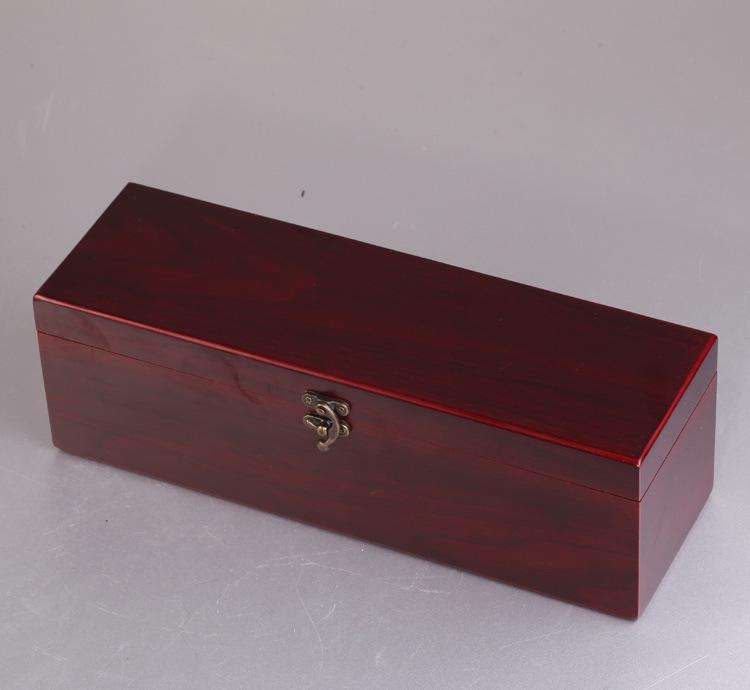How is the pattern on the wooden wine box printed?

What are the precautions for wooden box packaging?
2019-10-17
Wooden box packaging features
2019-10-17The wooden box is a container genus and is divided into square, triangle, diamond, and round shapes. The variety has a heaven and earth cover, a flip cover, a pumping plate and the like. The process includes: traditional buckle, right angle stitching, 45 degree angle stitching, silver inlay, boxwood inlay stitching, copper inlay, relief, jade inlay, modern craft and laser engraving, mechanical engraving.
Many materials: mahogany, red sandalwood, rosewood, oak, cherry, walnut, eucalyptus, pine, paulownia, poplar, etc. are the preferred materials for wooden boxes. The surface treatment includes chemical paint, lacquer, water-based paint, MDF sticker skin, veneer, leather craft, etc. The environmentally-friendly wooden packaging box is carefully polished and polished to be purer and more natural.

Because of its quaint and heavy texture, wooden boxes are often used in the packaging of various high-end consumer goods, such as food gift boxes, wine gift boxes, health products, and valuable goods. Wooden box packaging often has fine workmanship, sophisticated materials, and a beautiful appearance and shape. Therefore, wooden box packaging itself is usually highly ornamental and commercial. In order to protect the internal goods from collision, the packaging wooden box is often accompanied by flannel, EPE, paper, sponge, foam plastic lining to fix the contents. Due to the selection of materials, workmanship and accessories, the price of wooden box packaging is higher than other packaging forms.
Due to the high price of logs, in order to save costs, wooden box manufacturers rarely use logs to make wooden boxes, but instead use plywood and medium density fiberboard instead. At the same time saving cost, it can achieve the same quality as log products.

